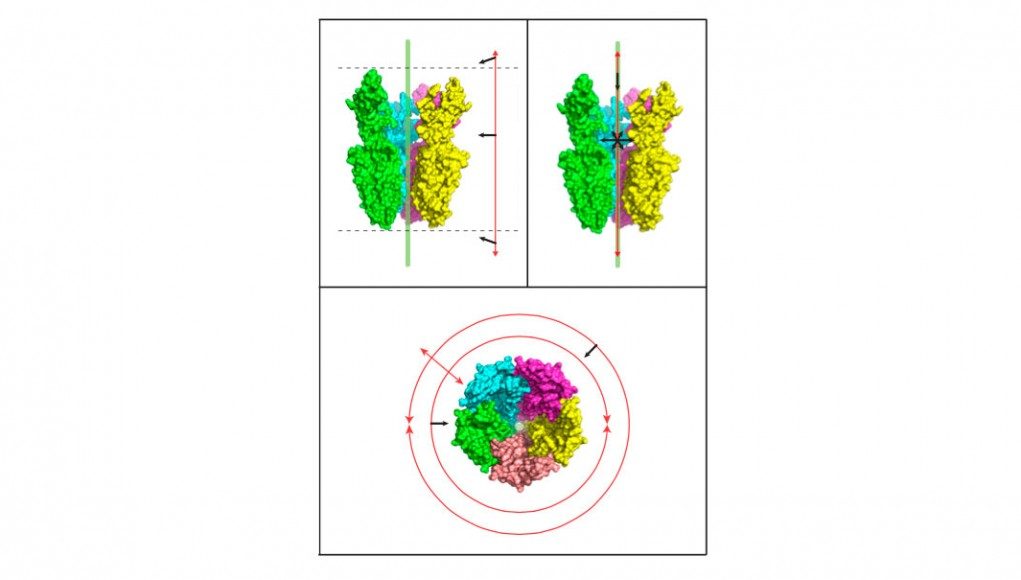Nicolas Férey was presenting a number of papers at the first-ever workshop on Virtual and Augmented Reality for Molecular Science at the IEEE VR. Nicolas was presenting different navigational paradigms for molecular biology tasks that were designed with the involvement of experts in structural biology.
Listen:
Here’s the abstract of his presentation:
Visualization and exploration of molecular experimental results play a crucial role in structural biology. By visualizing and analyzing the 3 dimensional structure of a molecule possibly over time thanks to simulation tools scientists try to understand its functional role in the cell. Stereoscopic rendering features are historically used in structural biology and experts are thus quite familiar with virtual environment and 3D interaction. Since the dawn of virtual reality, immersive environments have been used to bring scientists into the heart of complex molecular scenes while adding an interactive dimension.
However, in immersive environments as well as in desktop contexts, many issues concerning navigation need to be addressed when exploring molecular content. Among these issues, lack of spatial awareness and the cybersickness phenomena encountered in navigation tasks are major obstacles to overcome to avoid any degradation of the experience and efficiency. It is interesting to highlight the fact that even if navigation is very frequently studied in virtual environments, most of the studies produce generic paradigms that are only applicable to realistic virtual scenes. These approaches do not explicitly take into account the content of the 3D scene and the task of the end user.
In this study, we present some new implementation of navigation paradigms based on tasks and contents, dedicated to molecular biology and designed with the involvement of experts in structural biology. These paradigms are independent of the interaction context and can be indifferently used in a daily desktop context or in immersive environments ranging from CAVEs to HMDs.
When asked about some of his favorite VR experiences, Nicolas talked about a really interesting CAVE experience of a fully-immersive molecular biology docking simulation that including haptic-feedback and sonification. Nicolas also had a really interesting answer to the ultimate potential of where this technology could go in talking about some of the implications for medical breakthroughs and scientific investigations for being able to do real-time simulations within an immersive environment.
Become a Patron! Support The Voices of VR Podcast Patreon
Theme music: “Fatality” by Tigoolio







